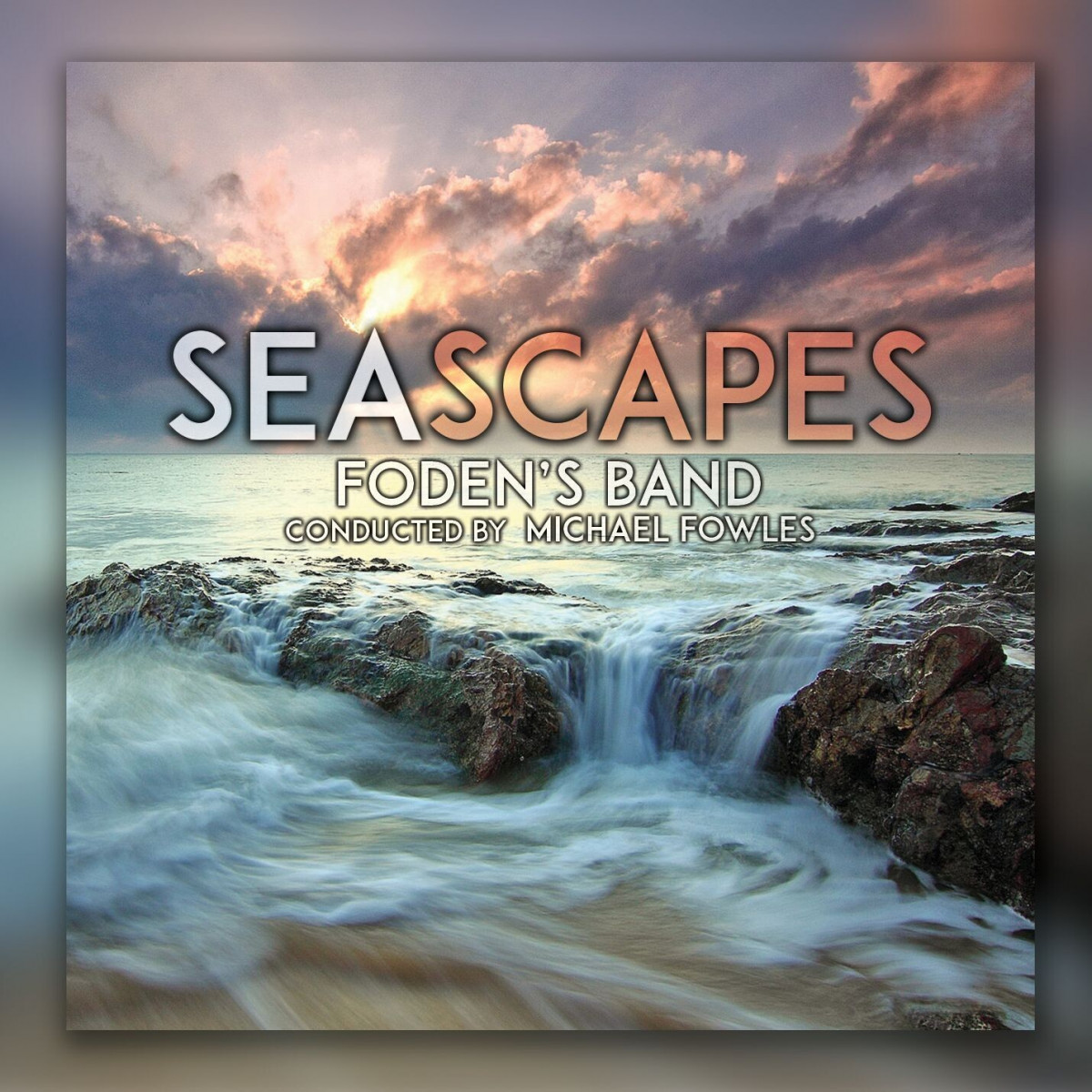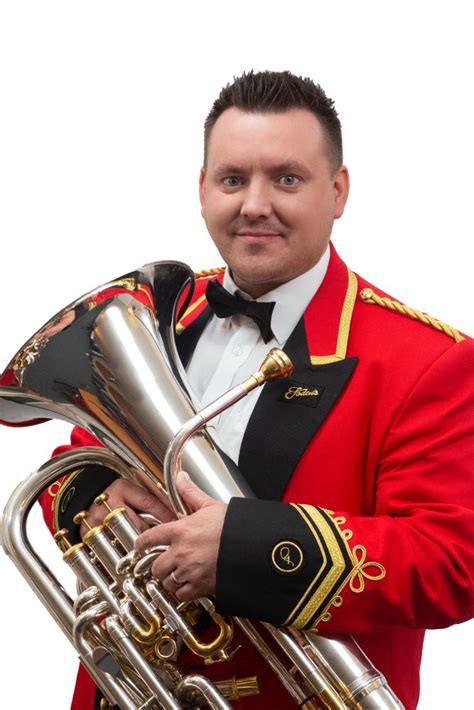New Recording of The City In The Sea
 The British brass band Foden’s Band have just released a new recording of Nigel Clarke’s 1994 Euphonium Concerto `The City in the Sea’. This new rendition of his chilling ghost story is given an electric performance by Gary Curtin (Euphonium) and Michael Fowles (Conductor). Foden’s Brass Band are currently 2022 National Brass Band Champions of Great Britain.
The British brass band Foden’s Band have just released a new recording of Nigel Clarke’s 1994 Euphonium Concerto `The City in the Sea’. This new rendition of his chilling ghost story is given an electric performance by Gary Curtin (Euphonium) and Michael Fowles (Conductor). Foden’s Brass Band are currently 2022 National Brass Band Champions of Great Britain.
The concerto starts off with the eerie sound of a foghorn played on the Euphonium. This sequence of music eventually breaks into a piercing scream, accompanied by the mournful ringing of the submerged church bells of Dunwich. He has used at various points in the piece quotations from Debussy’s piano prelude ‘La cathedrale engloutie’ (the submerged cathedral). Clarke has used quotations to recreate the image of the Franciscan monks chanting their ancient verses.
The overall disc featuring `The City in the Sea’ is entitled `Seascapes’ also features:
James Cook, Circumnavigator – Gilbert Vinter
The City in the Sea – Nigel Clarke
Seascapes – Ray Steadman-Allen
The Submerged Cathedral – Debussy arr. Howard Snell
Penlee – Simon Dobson
Un Vie de Matelot – Robert Farnon
The disc is either available to purchase from the Fodens Band Website (https://www.fodensband.co.uk/product/Seascapes) or download from:
The World of Brass at: https://www.worldofbrass.com/
Extract from The City in the Sea (Concerto for Euphonium and Brass Band )
Gary Curtin (Euphonium) Michael Fowles (Conductor) & Foden’s Band
The City in the Sea (Programme Note)
The history of the East Anglian village of Dunwich is a chilling tale of the consequences of the gradual erosion of Britain’s eastern coastline. The capital of East Anglia in medieval times, Dunwich was an important port with nine churches and a population of 5000. Successive storms led in 1326 to the city being engulfed and effectively vanishing from the map. Today Dunwich is a quiet village offering little evidence of its proud past lying beyond the beach and sanddunes.
To this day the sea has continued to erode the cliffs away and threaten Dunwich’s last surviving church, All Saints, which stands on the cliff-top. Gradually all the tombstones in the churchyard have disappeared beneath the waves and only the last remaining one has been rescued and moved to the safety of the Dunwich Village Museum.
The demise of this medieval city has thrown up a number of legends and ghost stories: It is said that the bells of Dunwich’s nine churches ring out on stormy nights and that the ghostly forms of some of Dunwich’s medieval inhabitants can be see walking close to the shoreline. Dunwich’s ruined monastery, Greyfriars, is also linked with the supernatural, in that a ghostly procession of Franciscan monks is said to walk around the ruins chanting ancient verses.
Dunwich is also featured in a traditional legend of three holy crowns buried in East Anglia to protect England from invasion. It is said that one of the crowns was buried there and lost when the city was engulfed by the sea. The second was said to have been dug up at Rendlesham further down the Suffolk coast in the 18th Century. The third has not yet been found!
The City in the Sea:
`The City in the Sea’ (1994) is written as a Concerto for Euphonium and Band, and is dedicated to the Euphonium player Robert Childs and the Black Dyke Mills Band. The Concerto’s title comes from the poem by Edgar Allen Poe, `The City in the Sea’.
`The City In The Sea’ is one movement but in three sections and lasts for approximately 16 minutes.
© Nigel Clarke – 1998


